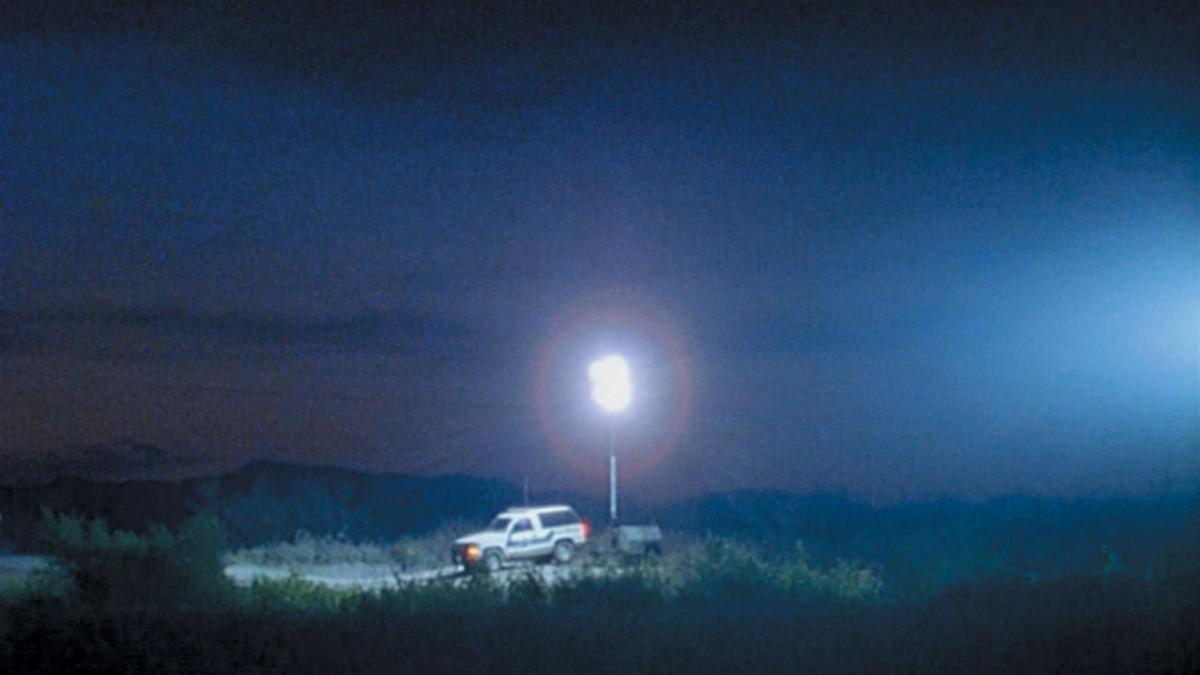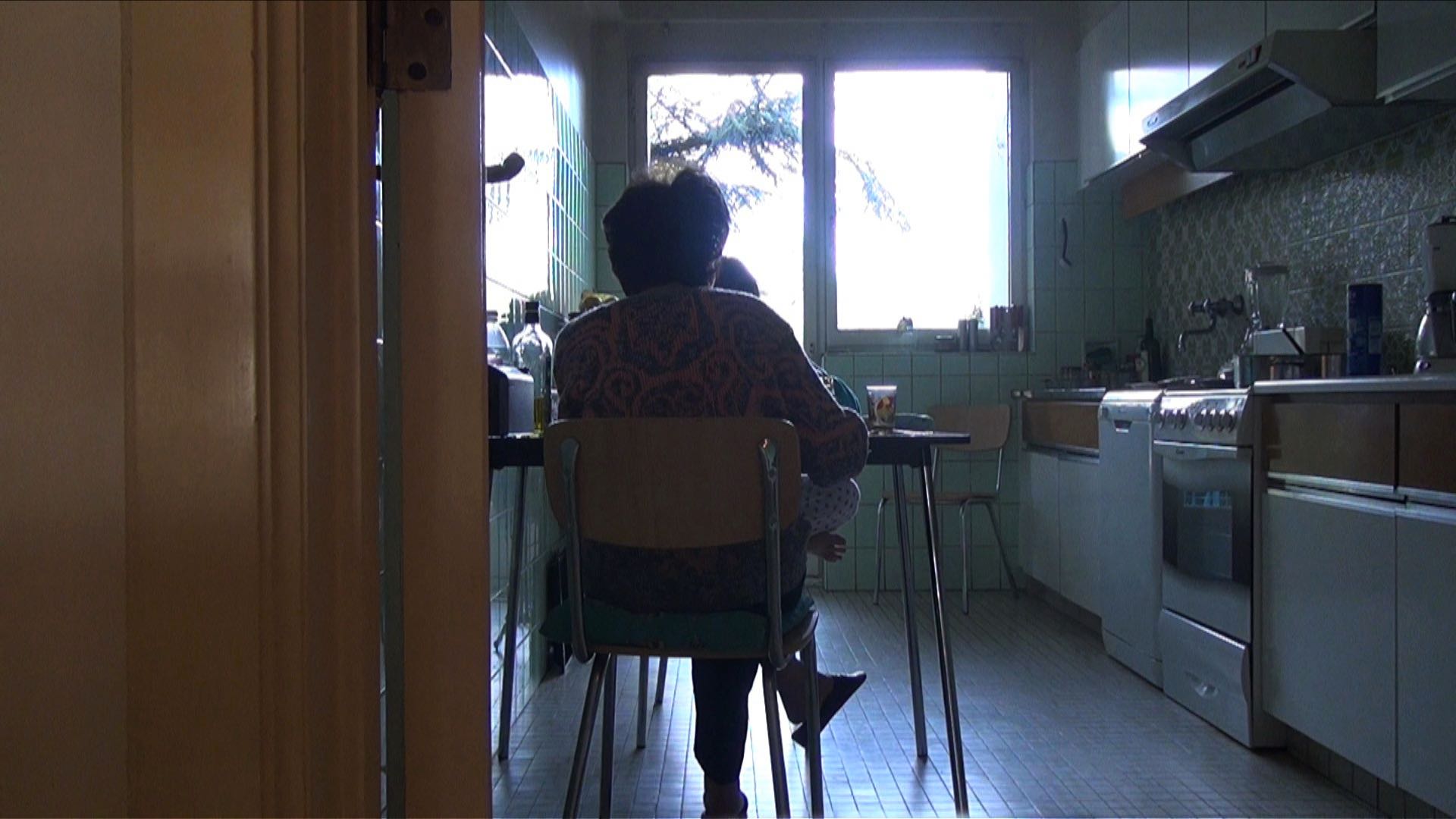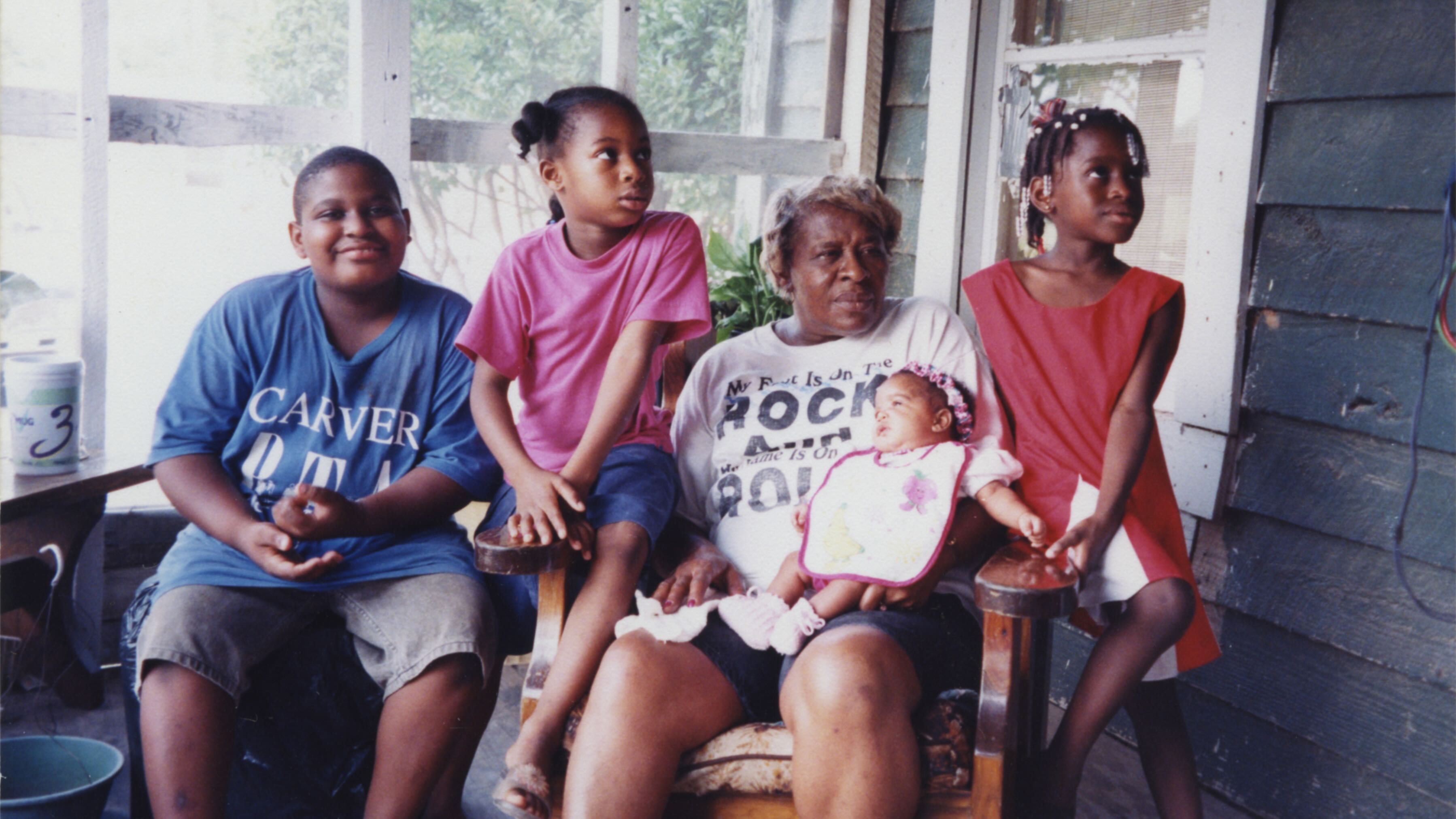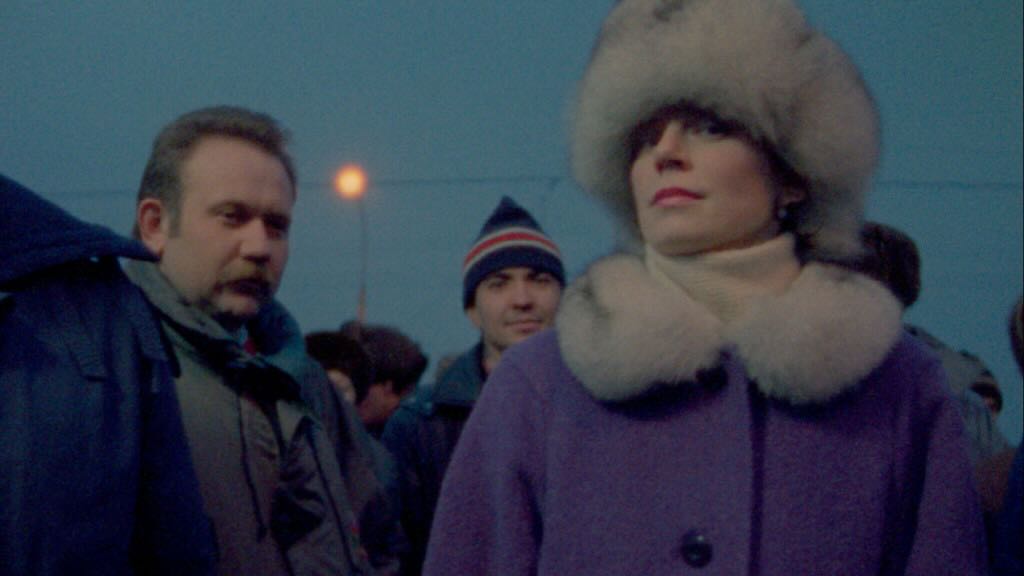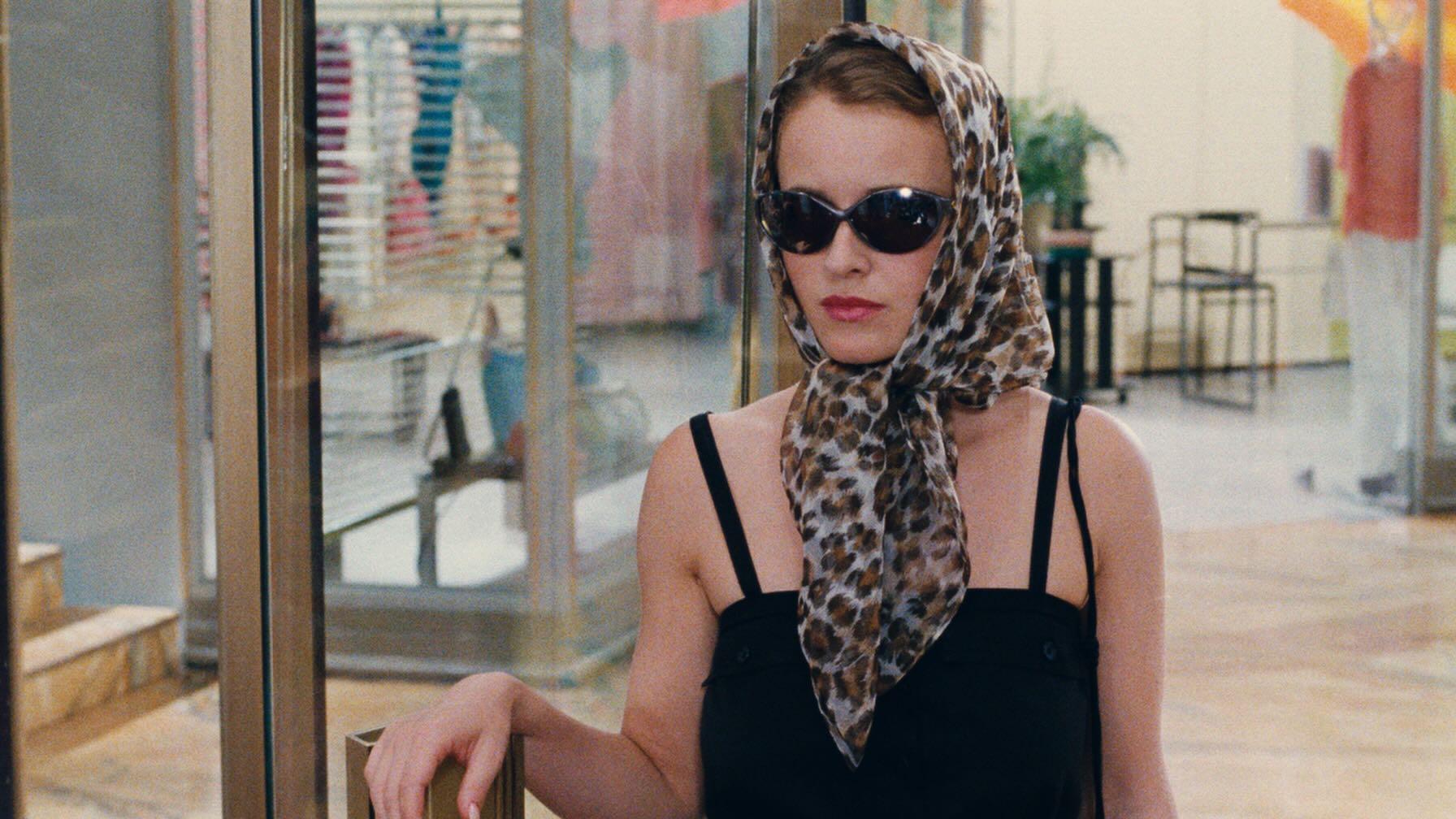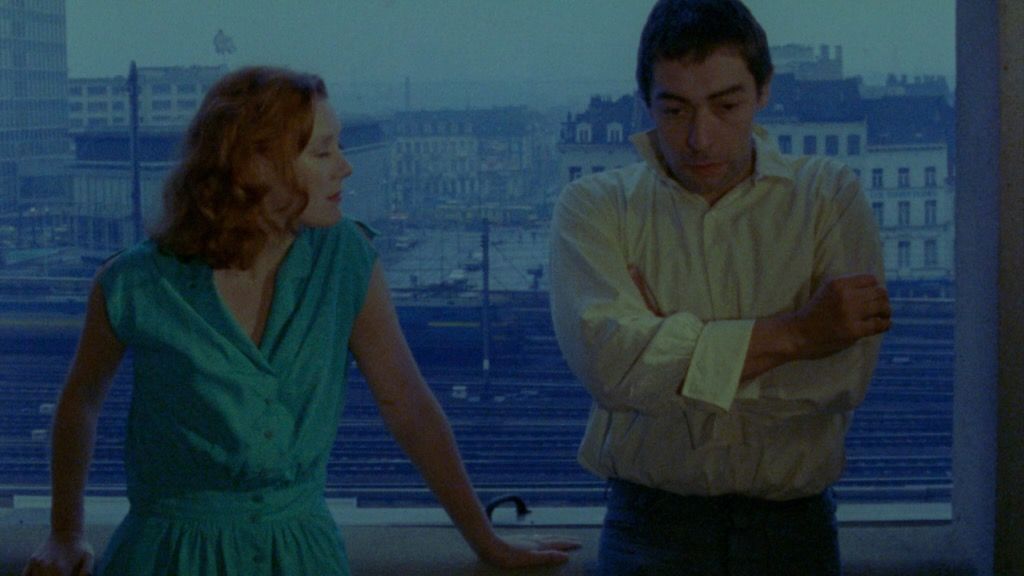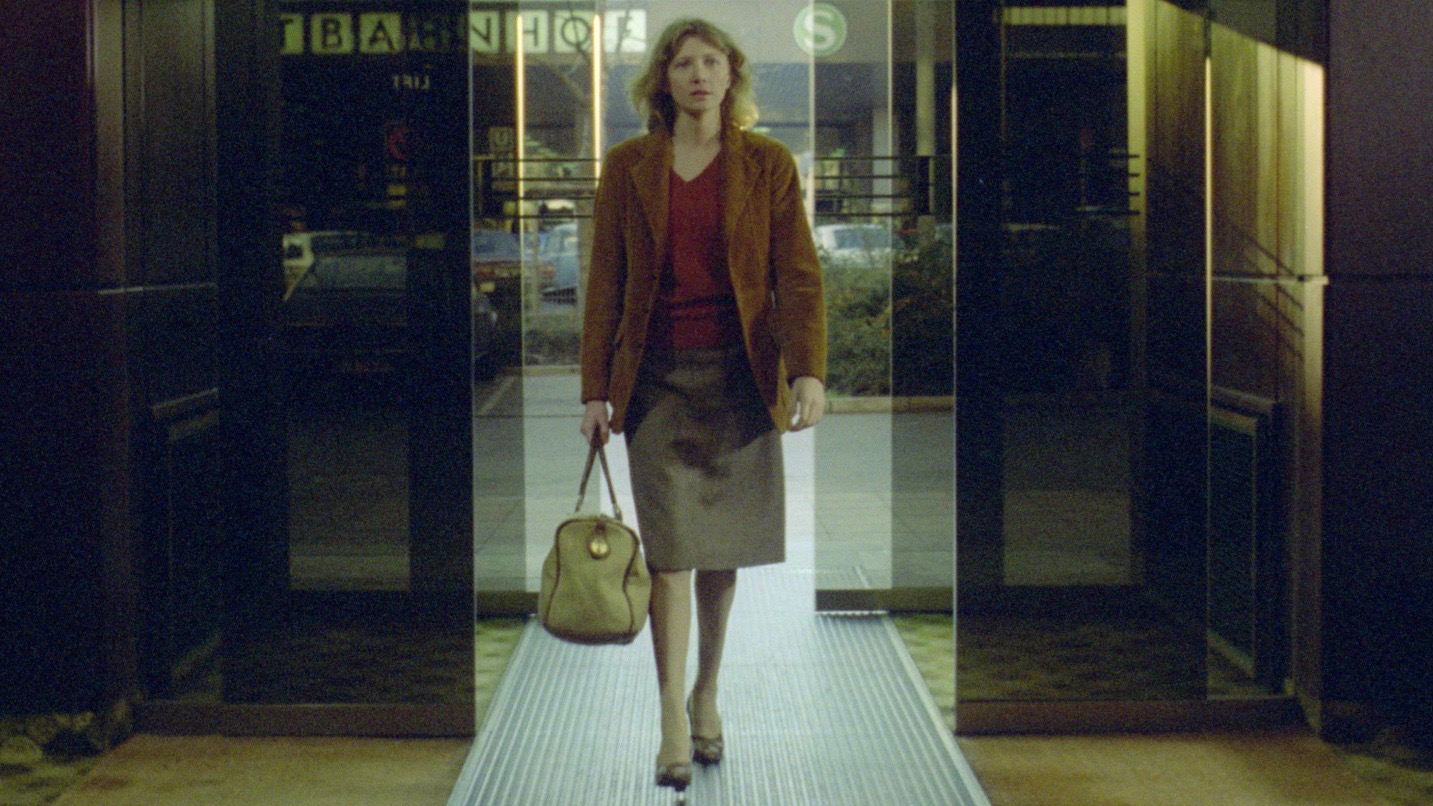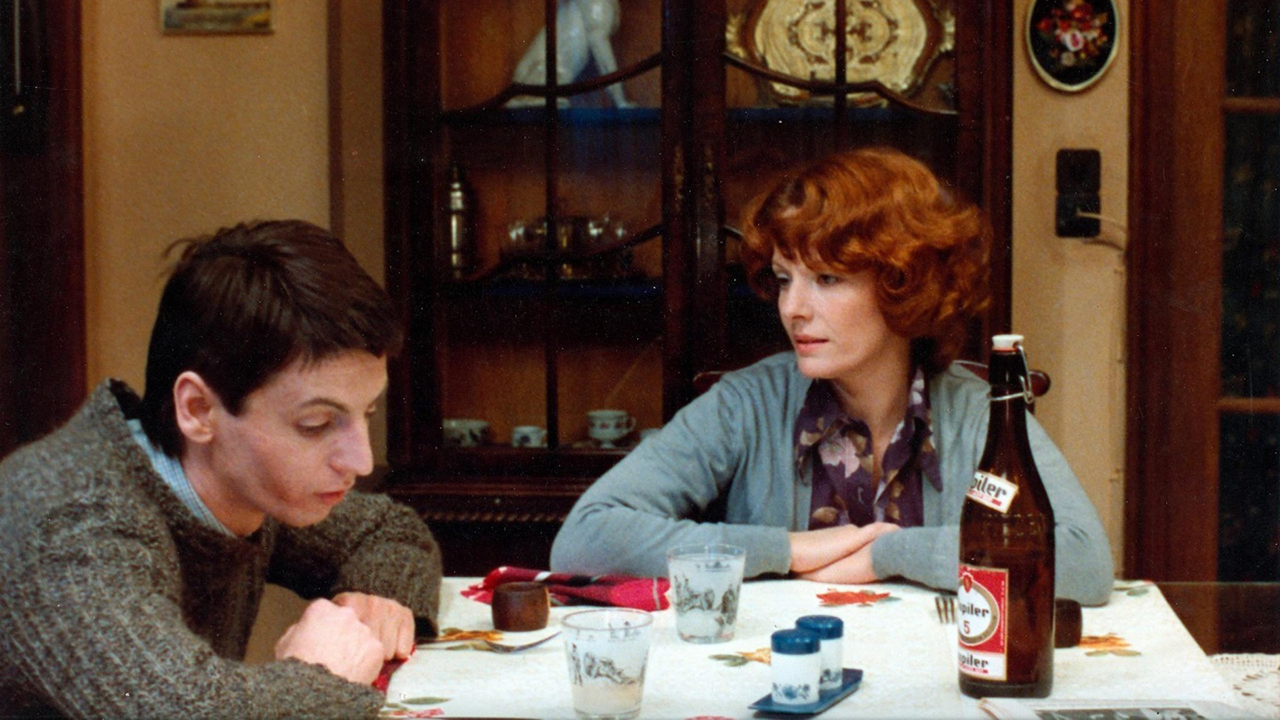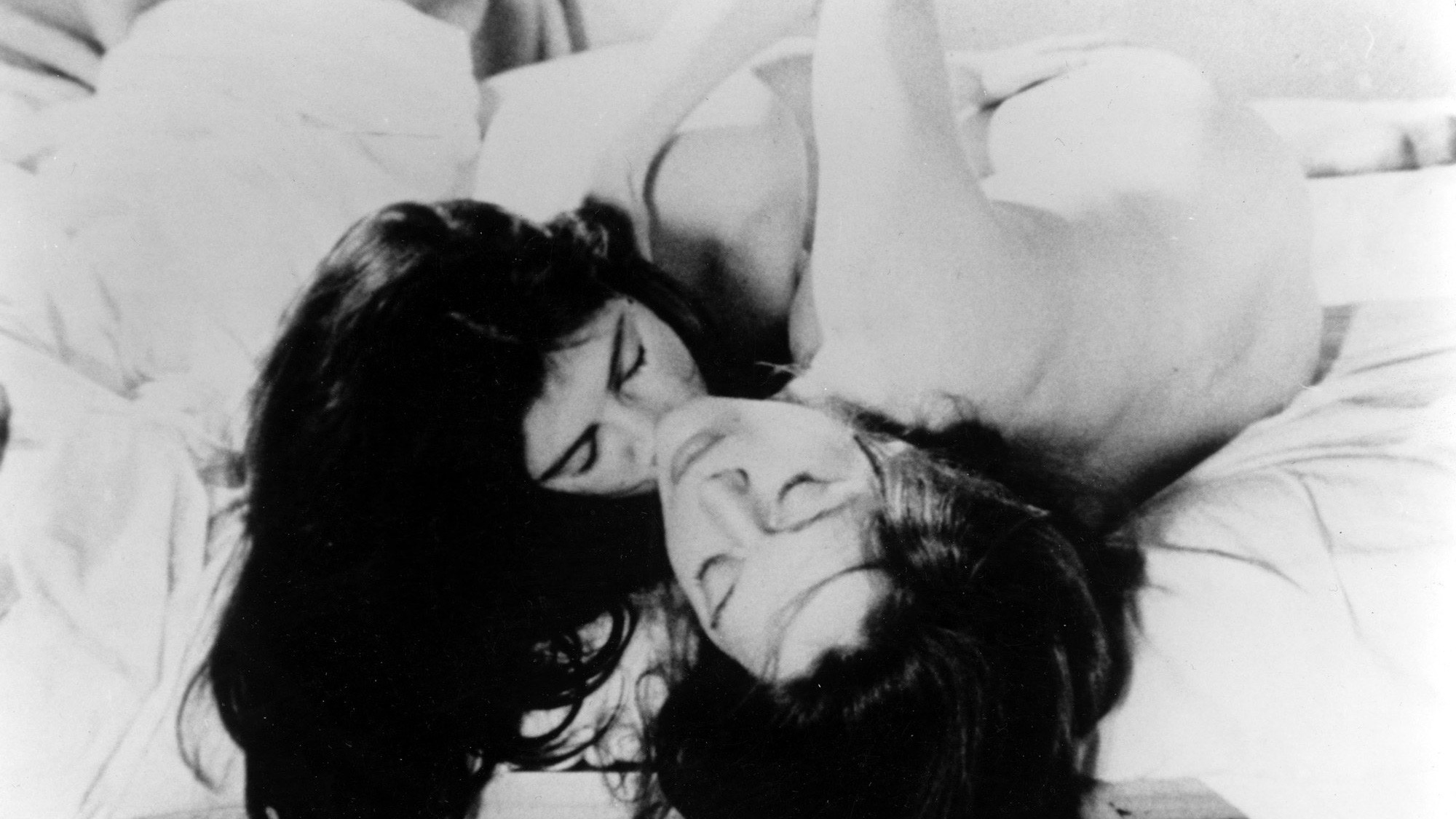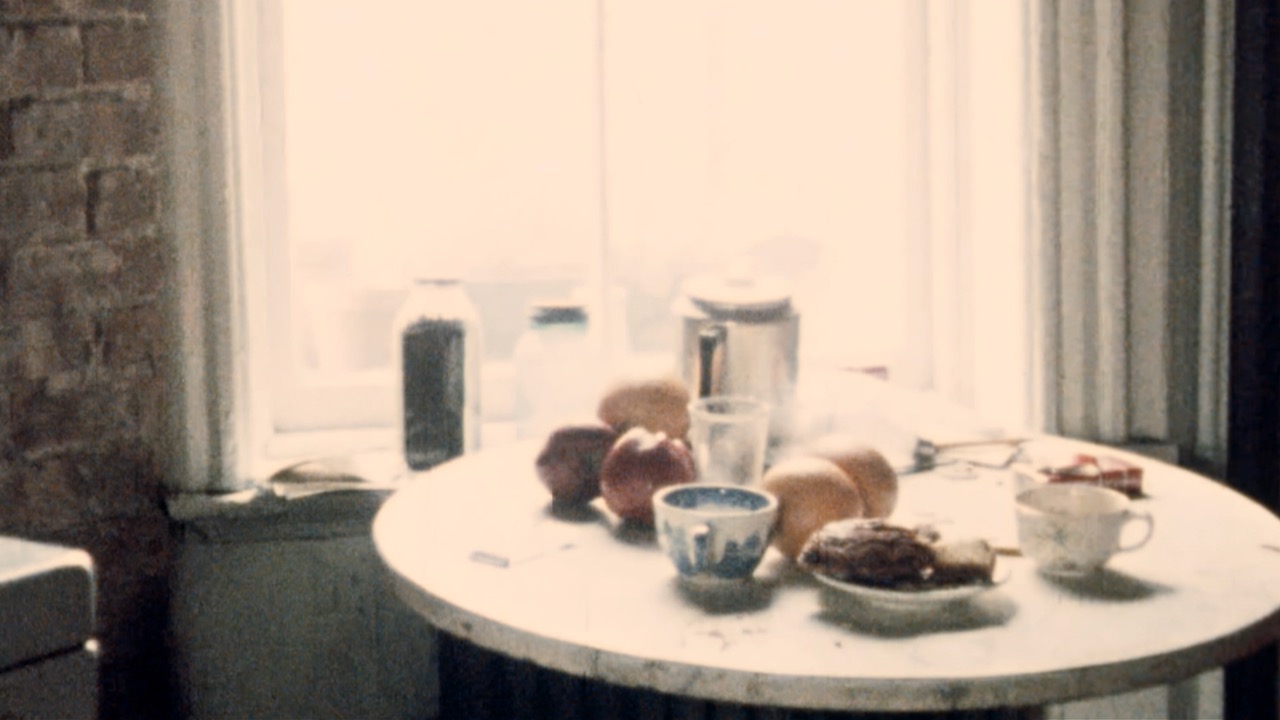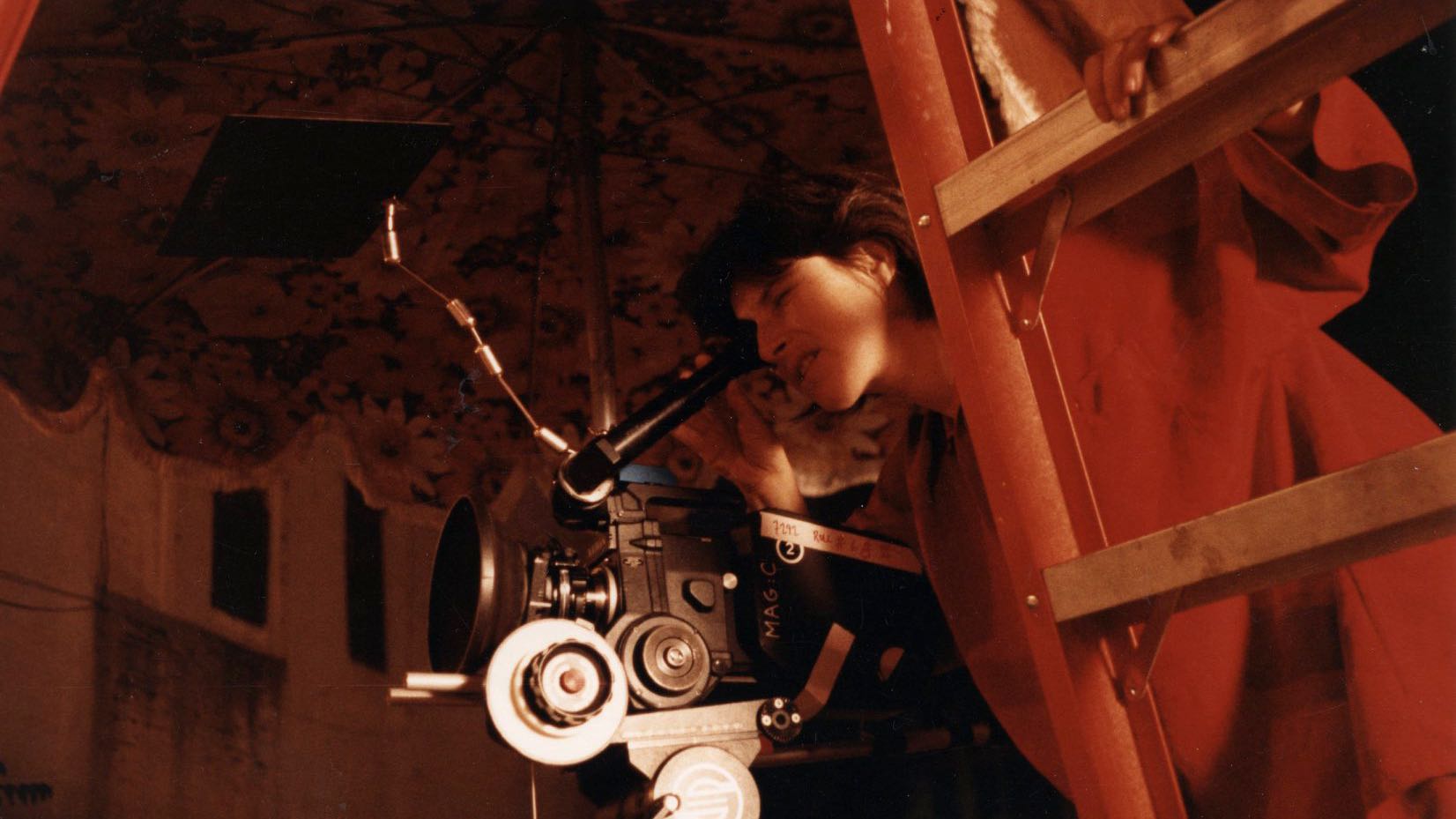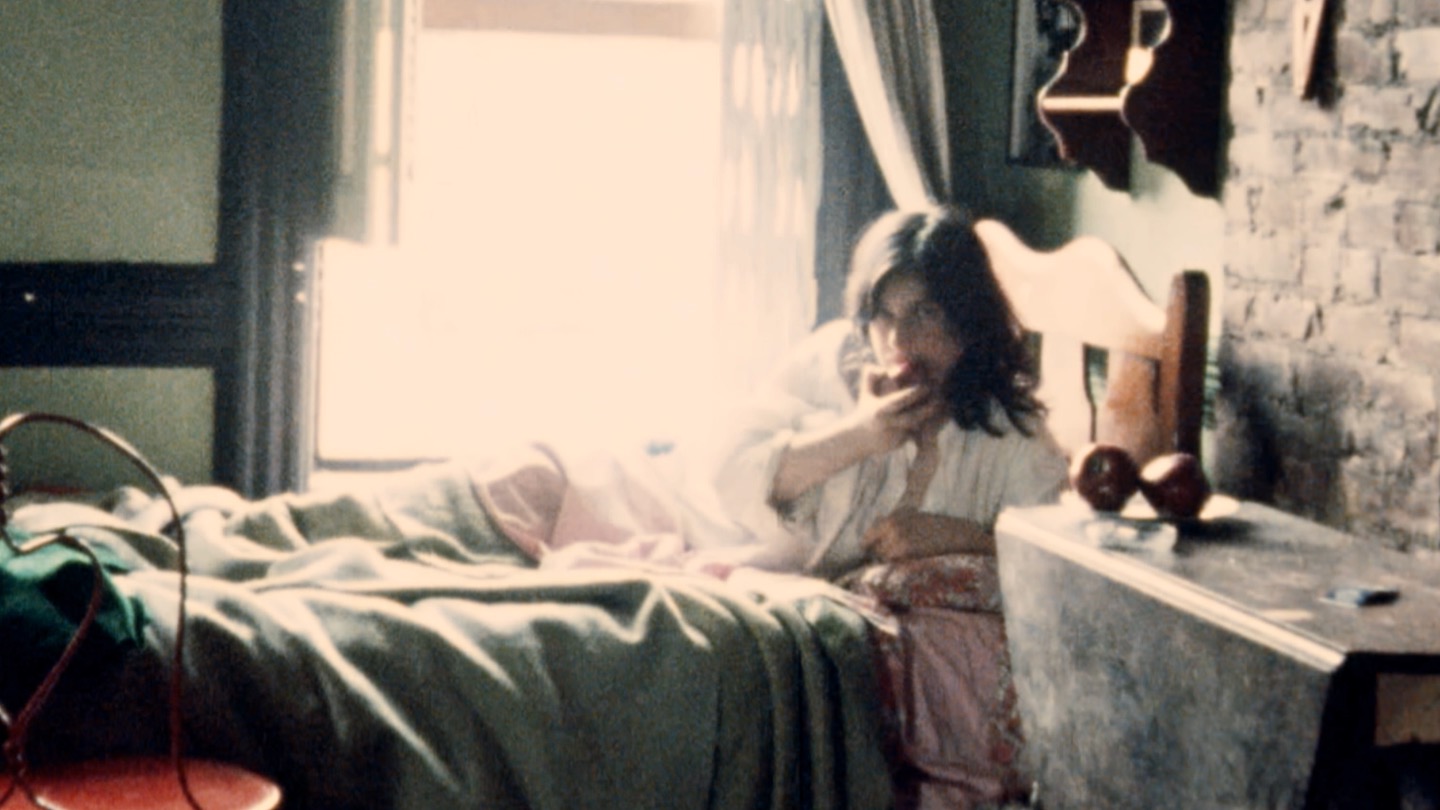This documentary portrays the hardships faced by Mexican migrants trying to cross the border to America. Guided by their experiences, Akerman travels to the Sonoran Desert, where she interviews border patrol agents and local residents. With her usual sincerity and her perceptive eye, Akerman captures the harsh reality in which the migrants' hopes for a better life collide with the hard truth. Highlighting the intimate relationship between individuals and places, this film presents a powerful picture of the harrowing situation of Mexican migrants.
“It's a story as old as the world and yet more relevant every day. And every day more terrible. There are poor people who, regardless of their lives, sometimes have to leave everything behind in order to try to survive, to live elsewhere. But they are not wanted elsewhere, and if they are wanted it is because of their workforce. They do what we no longer want, and that is when we are ready to pay the others to do it for us. To pay, yes, but badly. In this film, the elsewhere is North America, and the poor are mostly Mexicans. For years, they crossed through San Diego, but the US Immigration Services has managed to stop the flood of illegal immigrants in this part of California and divert it to the deserts and mountains of Arizona where they thought the difficulties, dangers, cold and heat would stop them. But you can’t stop someone who’s hungry. But we fear him. Fear of the other, fear of his defilement, fear of the diseases that he may bring with him. Fear of being invaded.”
Chantal Akerman
“If after filming and editing a documentary doesn’t open up a breach to the imaginary, if it doesn’t slip into fiction, then for me, it is not a documentary. In regard to a fiction film, if it does not slip into documentary, then I have a hard time believing it is a fiction film.”
Chantal Akerman
“Akerman expressed that she wants to engage in a certain socio-historical situation “à l’aveuglette” [blindly] or like some kind of “éponge-plaque sensible” [sponge/negative plate], not to let go until she has covered it fully. She does not want to ‘pre-think’ a situation but wants to find a state of mind where one is restrained to judge and inclined to perceive reality as if for the first time. This is what makes her practice different from that of political filmmakers: “They have a skeleton, an idea and then they put on flesh: I have in the first place the flesh, the skeleton appears later.””
Ivone Margulies
“Originally, the project wasn’t linked to the idea of the border but to a word. I had read an article about American ranchers chasing illegals by night with magnum guns and night vision goggles. They said that the Mexicans brought dirt with them. It was this word, ‘dirt’. Immediately, I had to think of ‘dirty Jews’, ‘dirty Arab’, …”
Chantal Akerman
“Akerman spent a few months jockeying between Mexico’s Agua Prieta and its much smaller cross-border twin Douglas, Arizona. The resulting film, From the Other Side, the third of her four directional documentaries (the others: Sud, D’est, and Là-bas), eschews a head-on approach to border politics, preferring instead to wind around and around, inch closer to the heart of the matter, only to pull back, and leave us to our own conclusions. It doesn’t function as a unified piece of beginning-to-end storytelling; rather it episodically captures Akerman’s immersion in this border area and gradually builds force through the accumulated weight of the testimony shared.”
Jeff Reichert



